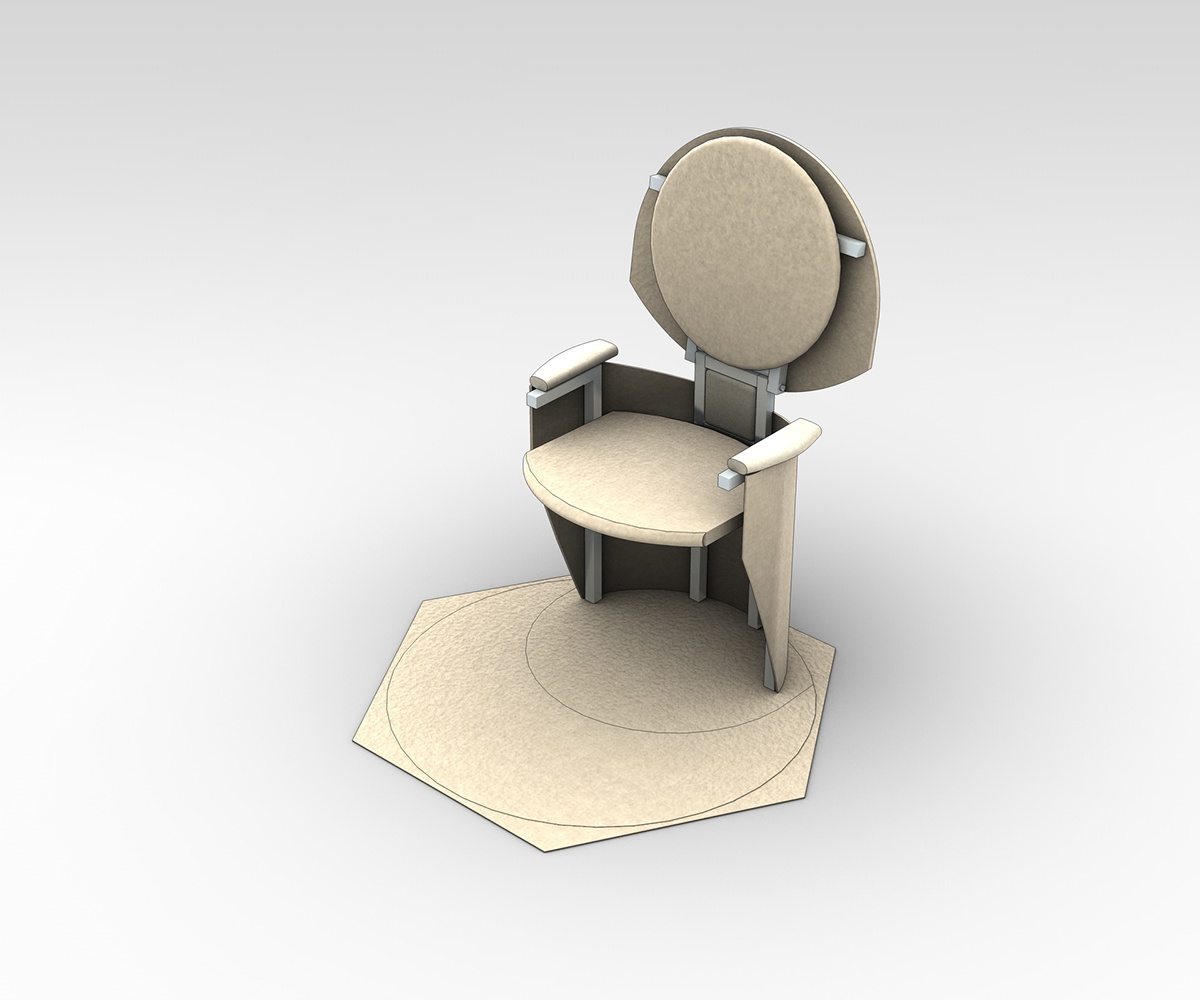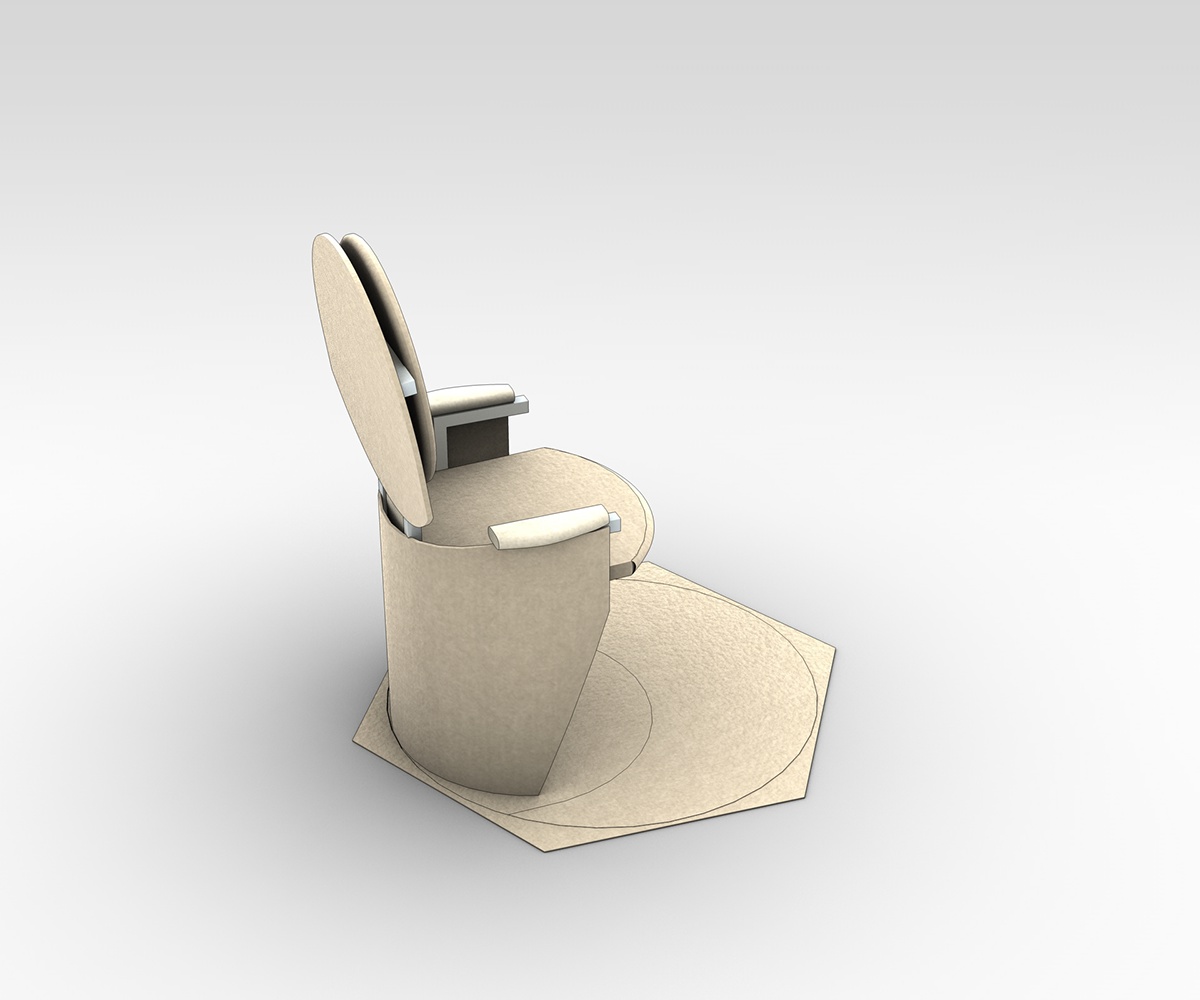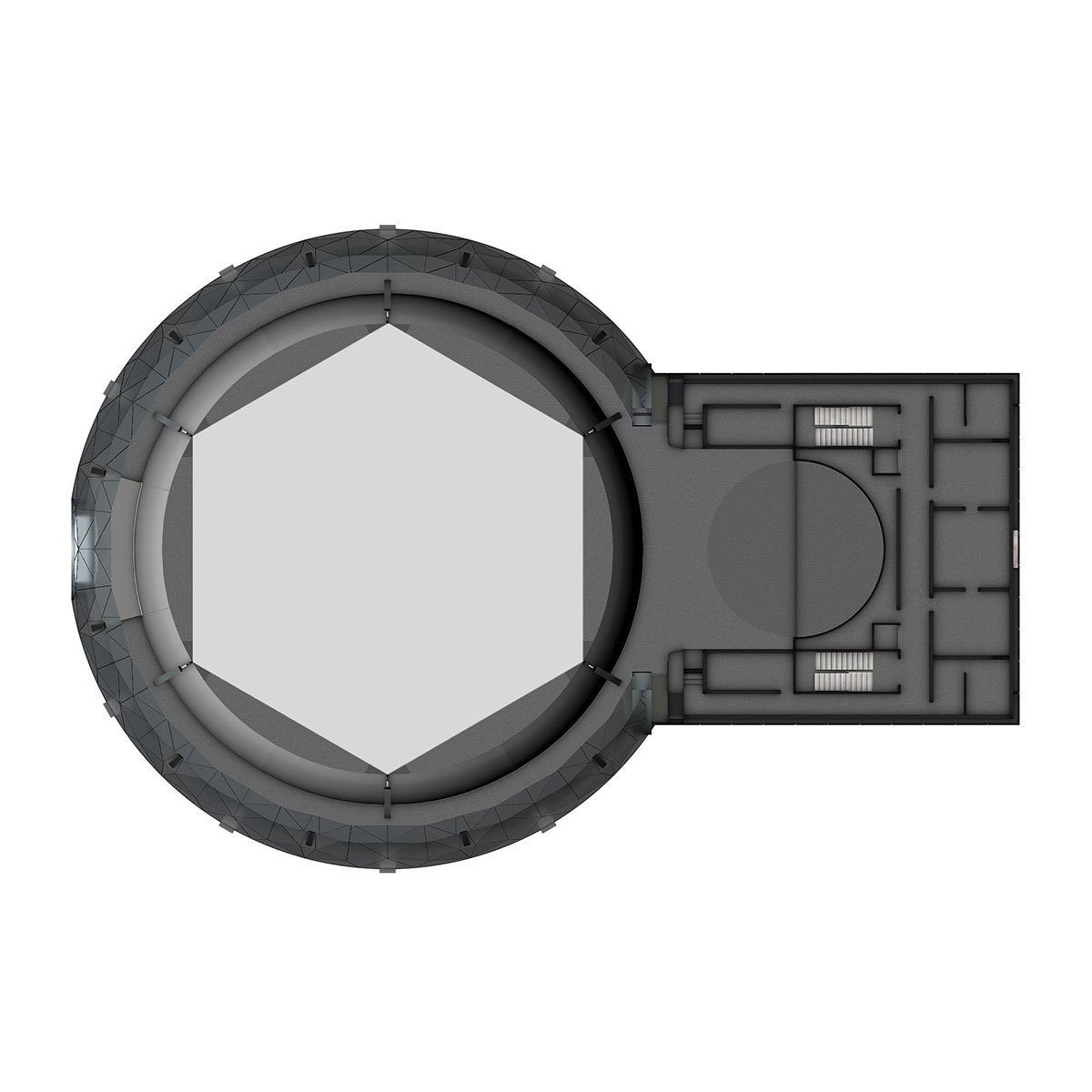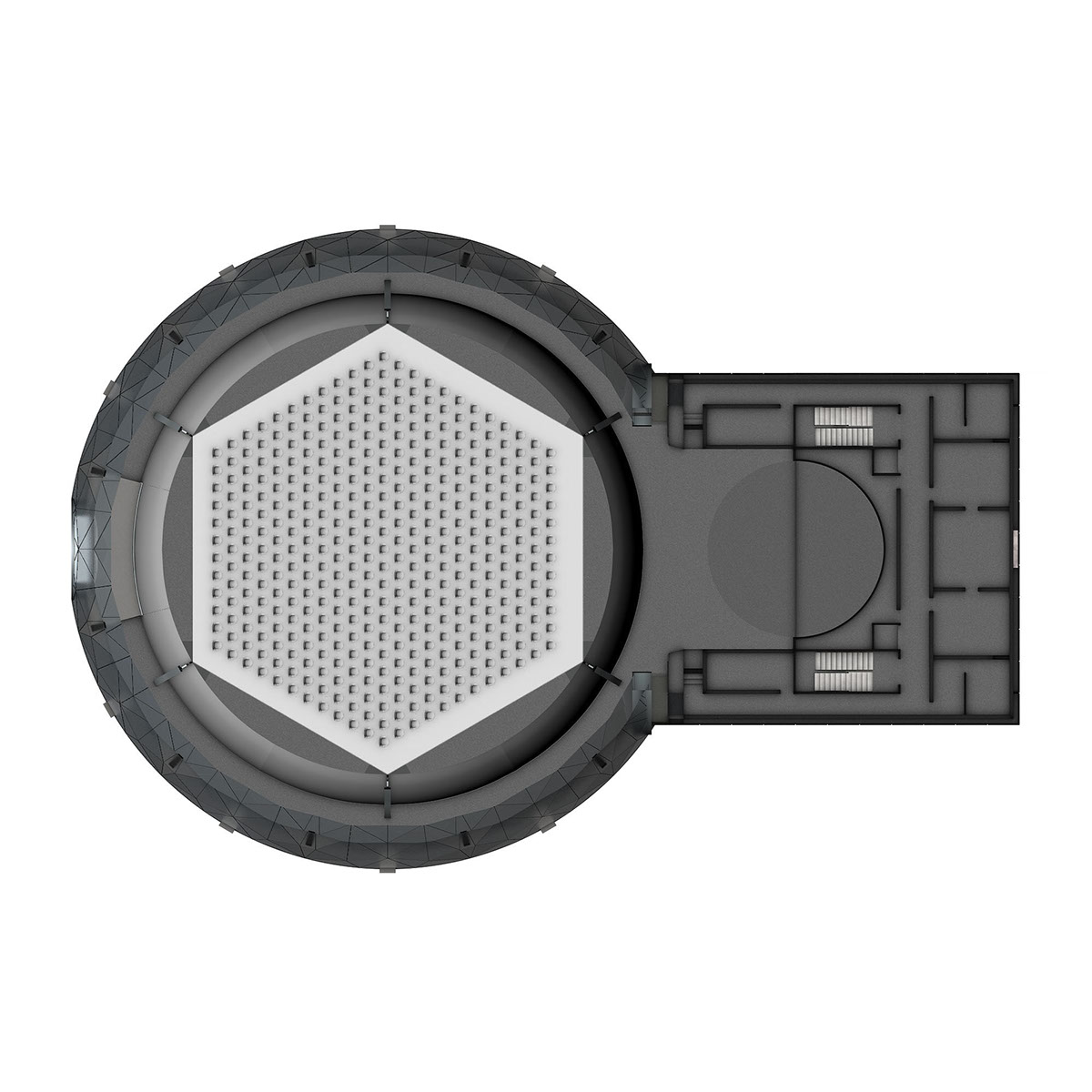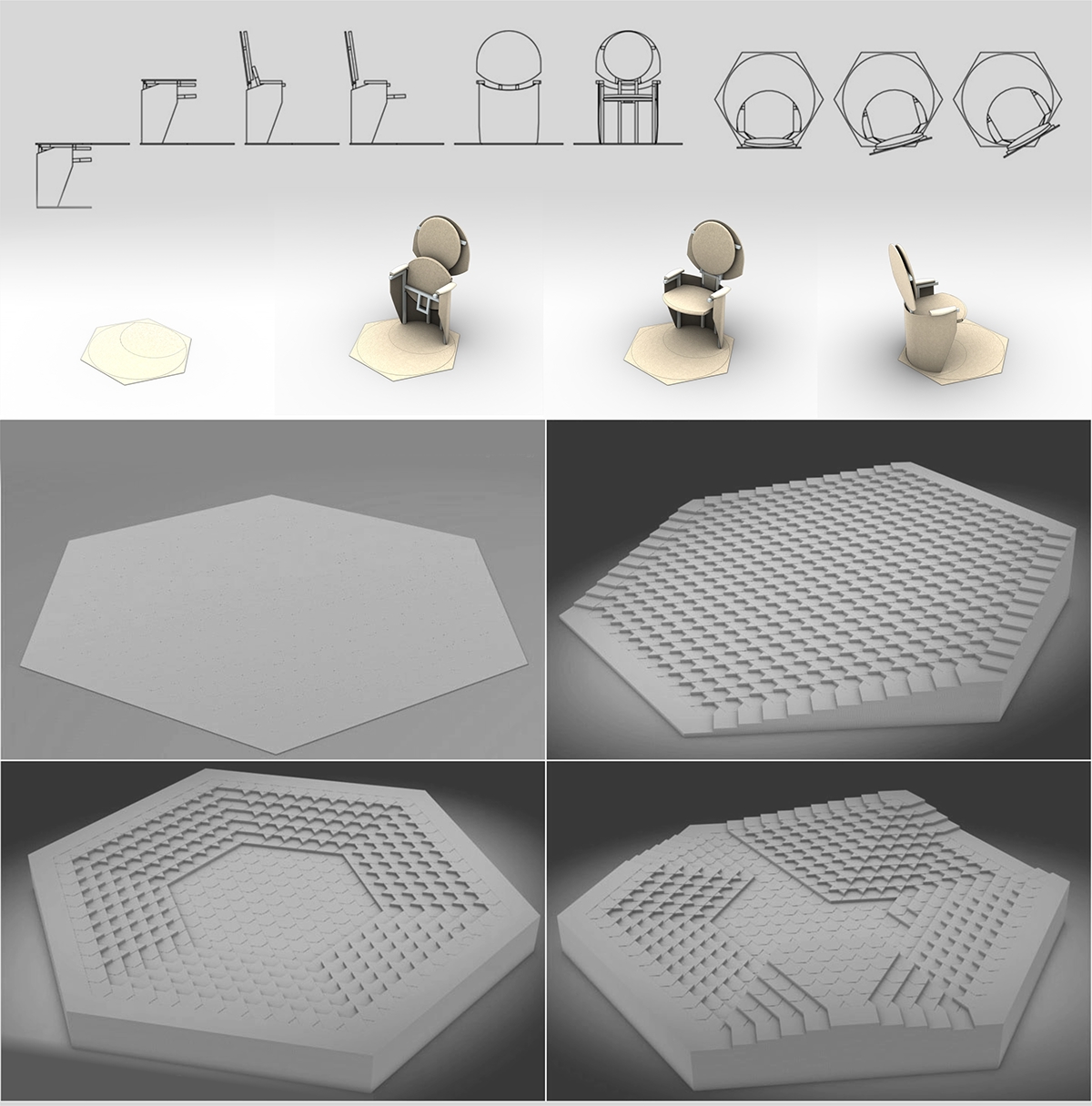
Problems:
1.Theatre art evolves, searches for new forms of expression, involves new forms of art to its syncretic nature.Theatre architecture however evolves at a different much slower rate and it is unable to fully reflect the theatre art progress.
2. Theatre halls typology is concentrated on arena and renaissance stages, which enable the separation of the audience from the actors and turns the audience into an observer. Another problem of the renaissance stage halls is turning live acting into a two-dimensional experience.
Solution:
Each time has its own contemporary themes, authors, playwrights, actors, directors, audience, stages. Theatre began as a street amusing art, moved to ancient amphitheatres, turned into an elitist art with its own renaissance stage(Proscenium), then embraced the thrust stage, the arena stage, the “black box” in its attempt to become more accessible and impactive social art.
Now is the time for theatre to reinvent itself.
Inspired by Walter Gropius Total Theatre, The Ideal Theatre offers a transformable dynamic theatre hall,including all mankind known theatre auditoriums and offering endless rearranging possibilities even during a play due to its high-tech nature. The ideal theatre gives every director the freedom:
- to produce an old play in its original setting or to interpret it in a modern way;
- to experiment with modern plays
- to determine the level and ways of audience involvement
- to vary space dimensions to achieve screen-like two dimensional plays or incorporate the high technology of the auditorium in an attempt to achieve complete actor-audience empathy.
The transition between the different stages is possible due to the chair pneumatic design. The chairs can rotate, vertically ascend and descend, thus providing flexibility of auditorium.
1.Theatre art evolves, searches for new forms of expression, involves new forms of art to its syncretic nature.Theatre architecture however evolves at a different much slower rate and it is unable to fully reflect the theatre art progress.
2. Theatre halls typology is concentrated on arena and renaissance stages, which enable the separation of the audience from the actors and turns the audience into an observer. Another problem of the renaissance stage halls is turning live acting into a two-dimensional experience.
Solution:
Each time has its own contemporary themes, authors, playwrights, actors, directors, audience, stages. Theatre began as a street amusing art, moved to ancient amphitheatres, turned into an elitist art with its own renaissance stage(Proscenium), then embraced the thrust stage, the arena stage, the “black box” in its attempt to become more accessible and impactive social art.
Now is the time for theatre to reinvent itself.
Inspired by Walter Gropius Total Theatre, The Ideal Theatre offers a transformable dynamic theatre hall,including all mankind known theatre auditoriums and offering endless rearranging possibilities even during a play due to its high-tech nature. The ideal theatre gives every director the freedom:
- to produce an old play in its original setting or to interpret it in a modern way;
- to experiment with modern plays
- to determine the level and ways of audience involvement
- to vary space dimensions to achieve screen-like two dimensional plays or incorporate the high technology of the auditorium in an attempt to achieve complete actor-audience empathy.
The transition between the different stages is possible due to the chair pneumatic design. The chairs can rotate, vertically ascend and descend, thus providing flexibility of auditorium.

